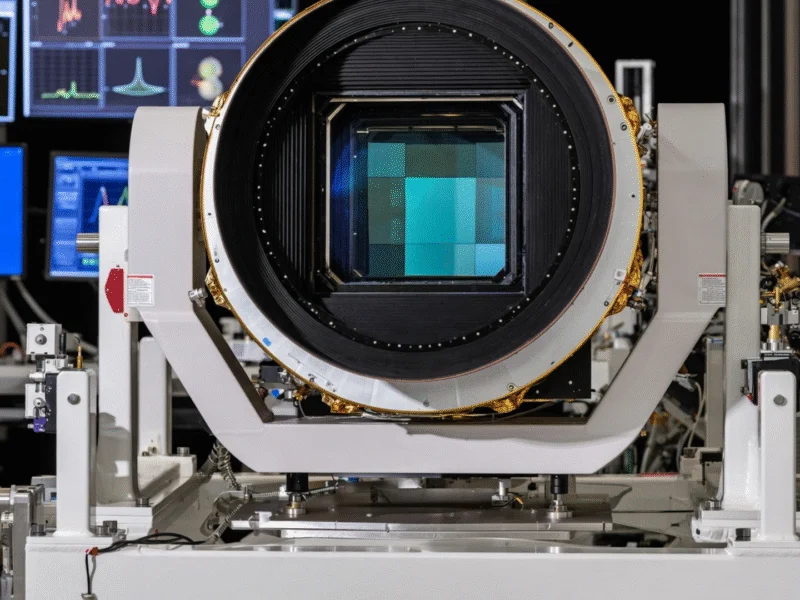Helium Browser Challenges Chrome With Privacy-First Approach and Native AI Shortcuts
The latest version of Helium Browser introduces a privacy-focused Chromium alternative that blocks tracking by default while maintaining full extension compatibility. Notably, the browser includes native support for over 13,000 offline !bangs and direct AI tool access through its address bar. Built on Ungoogled-Chromium, Helium aims to deliver enterprise-grade browsing without Google’s data collection infrastructure.
Another challenger has entered the increasingly crowded browser market, with Helium Browser 0.5.8.1 positioning itself as a privacy-first alternative to Google Chrome that doesn’t sacrifice performance or extension compatibility. According to the project’s documentation, what sets Helium apart is its foundation on Ungoogled-Chromium while maintaining what developers describe as a “fast, efficient development pipeline.”


